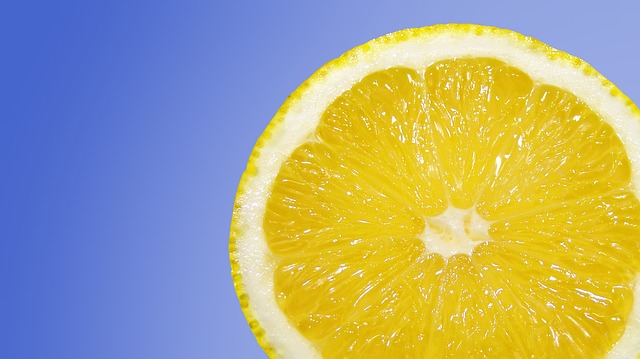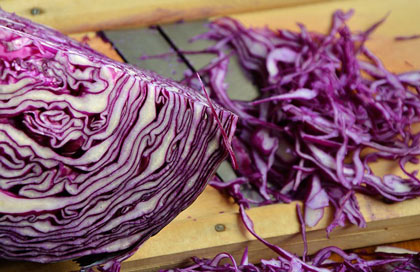|
||||||||||
1. Which of these is a common household acid?
|
||||||||||
2. Citric acid is found in oranges and lemons. We can tell the fruit is acidic because it tastes..
|
 Jaromir Novota Jaromir Novota |
|||||||||
3. Strong acids can burn skin and react strongly with metals. Which of these is the hazard symbol for corrosive acids?
|
||||||||||
4. A 'base' is a substance that...
|
||||||||||
5. Some bases can dissolve in water. Once dissolved it is called..
|
||||||||||
6. Which one of these is a common alkali?
|
||||||||||
7. Substance X is added to an alkali. The two substances react, resulting in a neutral chemical. Substance X Could be....
|
||||||||||
8. When red cabbage is boiled in water, a purple liquid is formed. This liquid is a natural indicator.
|
 congerdesign |
|||||||||
An indicator is a substance that..
|
||||||||||
9. The pH scale is used to measure acidity and alkalinity. What is the pH of a neutral substance?
|
||||||||||
10. What is the highest pH value possible?
|
||||||||||